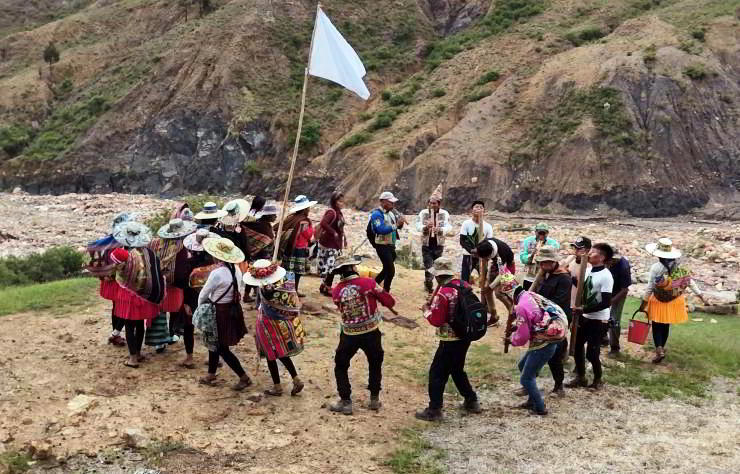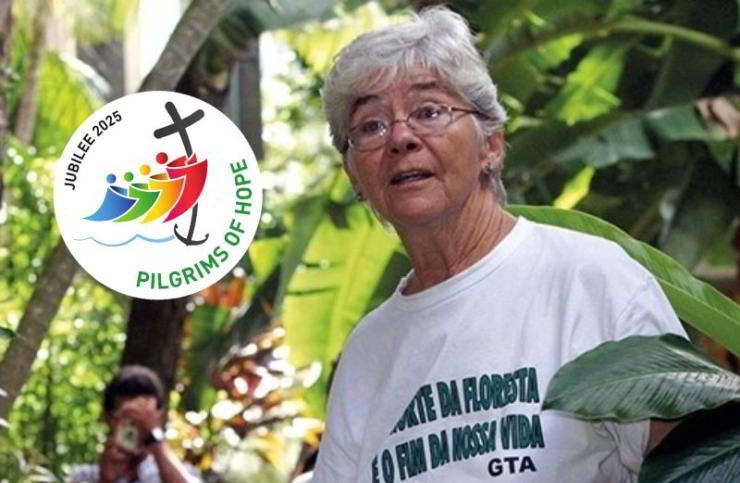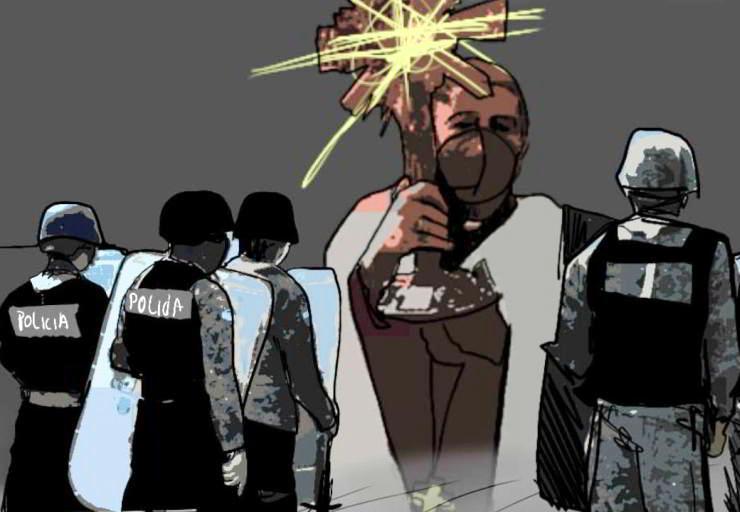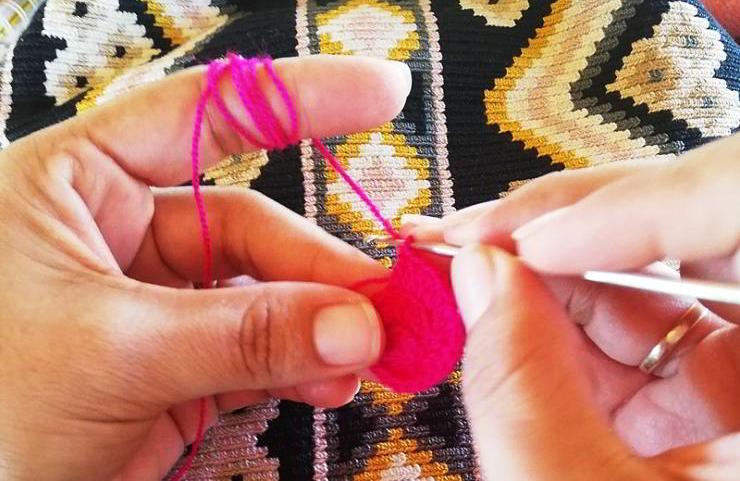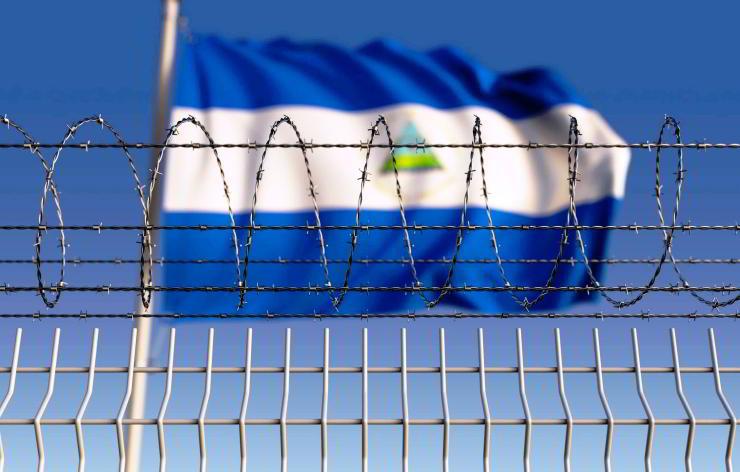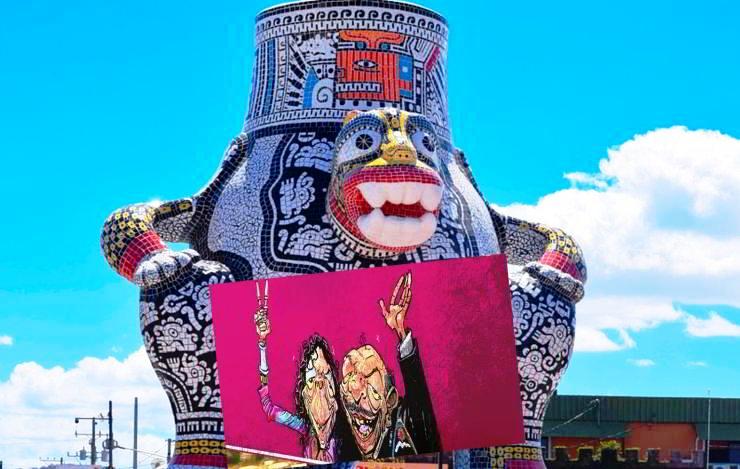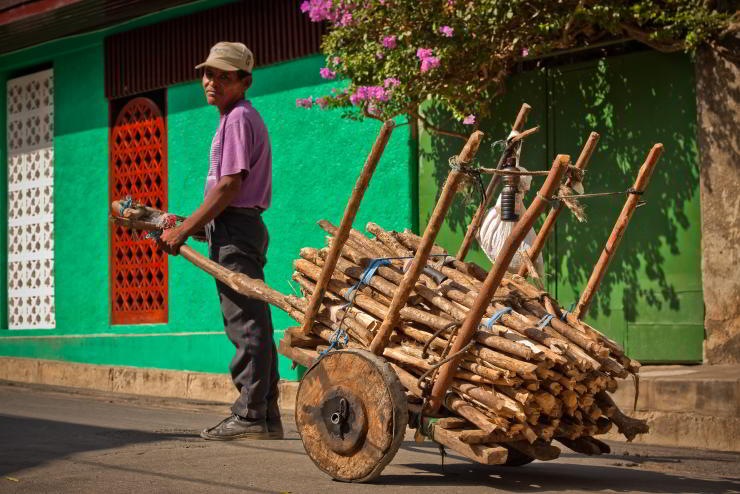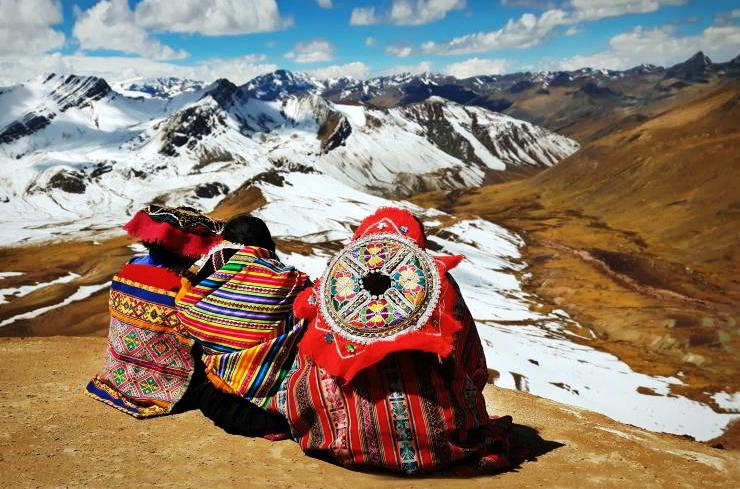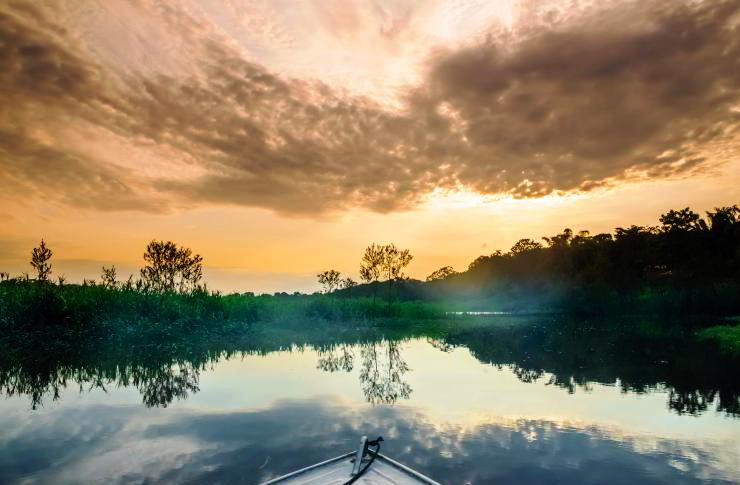Witnesses of the Jubilee: Father Ramin, Martyr of Hope for the Amazon Forest.
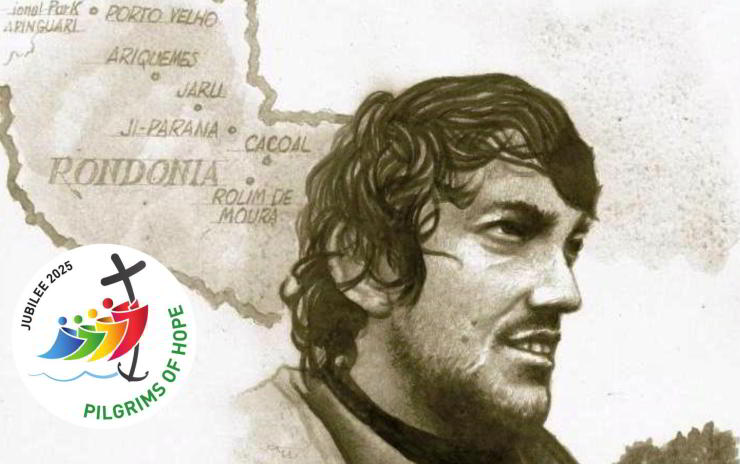
“I love you all and I love justice. Let us not approve violence, even if we are treated violently. The Father who is speaking to you has received death threats. Dear brothers, if my life belongs to you, so will my death.” Forty years have passed since the murder of Father Ezechiel Ramin, a young…
Read more
